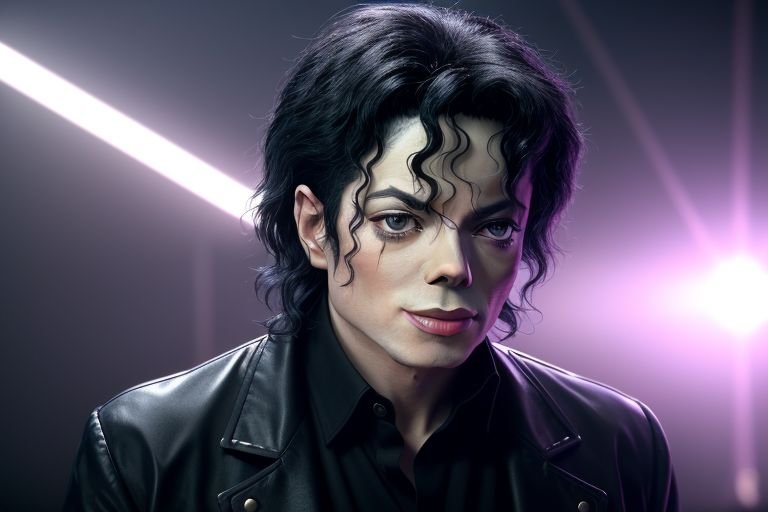In a rather surprising turn of events, content related to the late pop star Michael Jackson has become popular on the internet, and thus has raised questions regarding nostalgia, culture, and how digital media affects legacy. Recent edits depicting Jackson in a comedic manner, for instance, dancing to modern music has generated a lot of interest and discussion on digital cultural appropriation.
This phenomenon also shows how the older artists still affect the younger ones and how this process brings up the questions of ethics of remixing and sharing the content on the Internet.
Thus, when fans and social media users participate in these discussions, they can see that the combination of the past pop-culture symbols with the present-day tendencies reflects the dynamics of entertainment and celebrity culture, which, in its turn, proves that the celebrities like Jackson are still topical.
The viral videos are usually clips of Jackson’s dance moves intermixed in modern music videos or lip sync to today’s popular songs and has gained millions of views on various social media sites. These creations, while remaining entertaining, have brought up the question of how the concept of the artist’s estate is changing in the context of the Internet and what is considered permissible in the creative process on the Internet.
Admirers of these digital remixes state that these works help to preserve the memory of the king of pop for new generations, which means that the talent of the singer will always be actual in the constantly changing world.
They regard these creations as a tribute to the great work of Michael Jackson as his creations continue to inspire people even in their death. However, critics argue that it is improper to alter an artist’s image after his or her death and whether or not such remixes are ethical in terms of the original performance.
It has also created debates on the issue of copyright and intellectual property rights in the new age of technology. Although the majority of these videos can be considered as a fair use for the purpose of parody or commentary, they are still posted in a rather ambiguous territory that raises questions on the ownership and the rights to creativity. This has resulted in demands for better rules and policies as to the application of archival footage and the digital alteration of the images of the deceased artists.
Moving beyond the legal and ethical issues, the trend reflects the change in the consumer’s approach to the media. This has been brought about by the fact that people are now able to remix, recontextualize and share content instantly. Thisdemocratization of content creation opens new possibilities for the expression but at the same time it brings up issues of the authenticity and the protection of the artist’s vision.
This phenomenon of Michael Jackson also underlines the role of nostalgia in the digital culture. In the age of technology advancement and information explosion, it is possible to notice the tendency to search for the recognizable and the classic. Jackson as an icon of the past pop culture helps people to find a link with the past and at the same time enjoy the present trends.
As this trend goes on to develop, it makes one think about the future of legacy management in the digital world. In what ways will the estates of artists who have passed on be able to balance between protecting the artists’ work and allowing for reinterpretation? In the context of the use of AI and deepfake technologies how will the content be created and distributed with regards to historical figures?
The use of technology to bring the pop star Michael Jackson back into the public domain is an interesting example of how technology, culture, and memory work together. It forces us to think about the concept of the artist, the concept of the legacy, and the increasingly complicated distinction between the two in today’s digital age.



